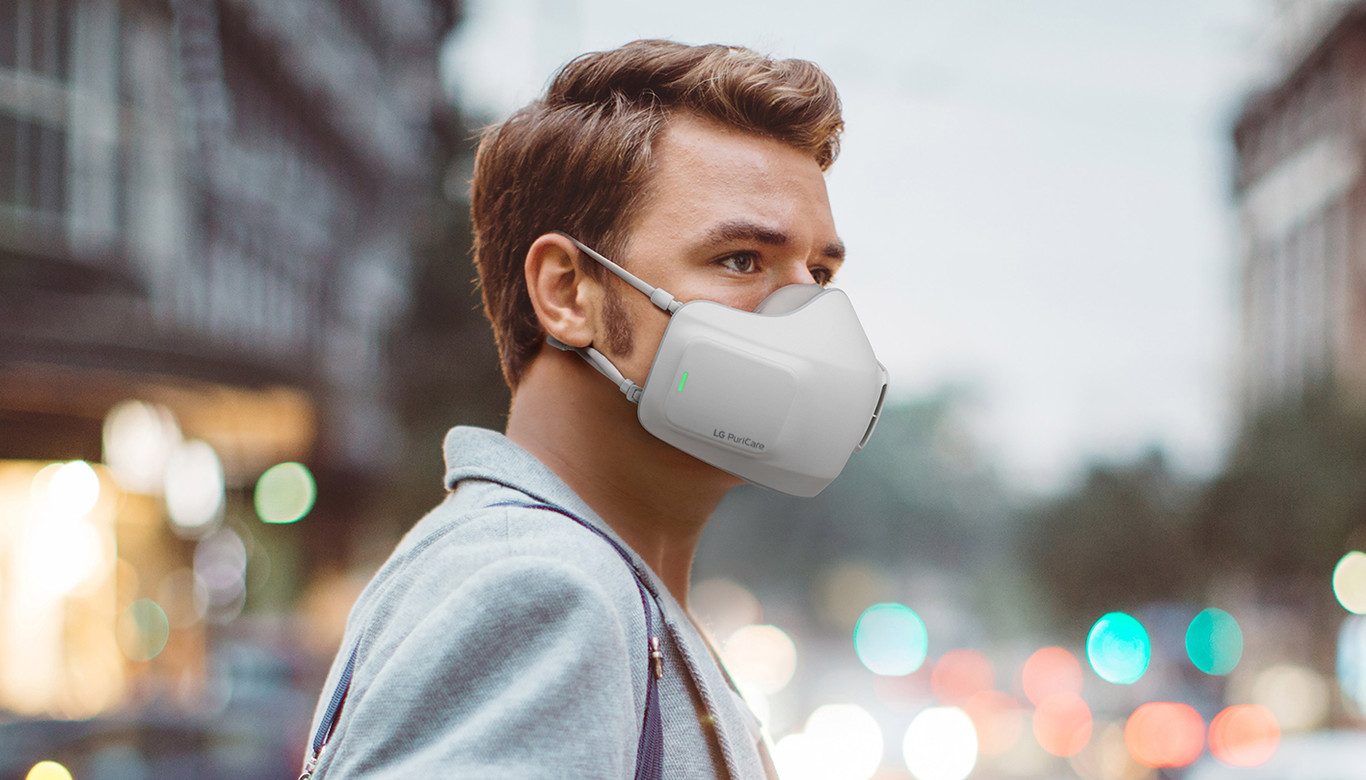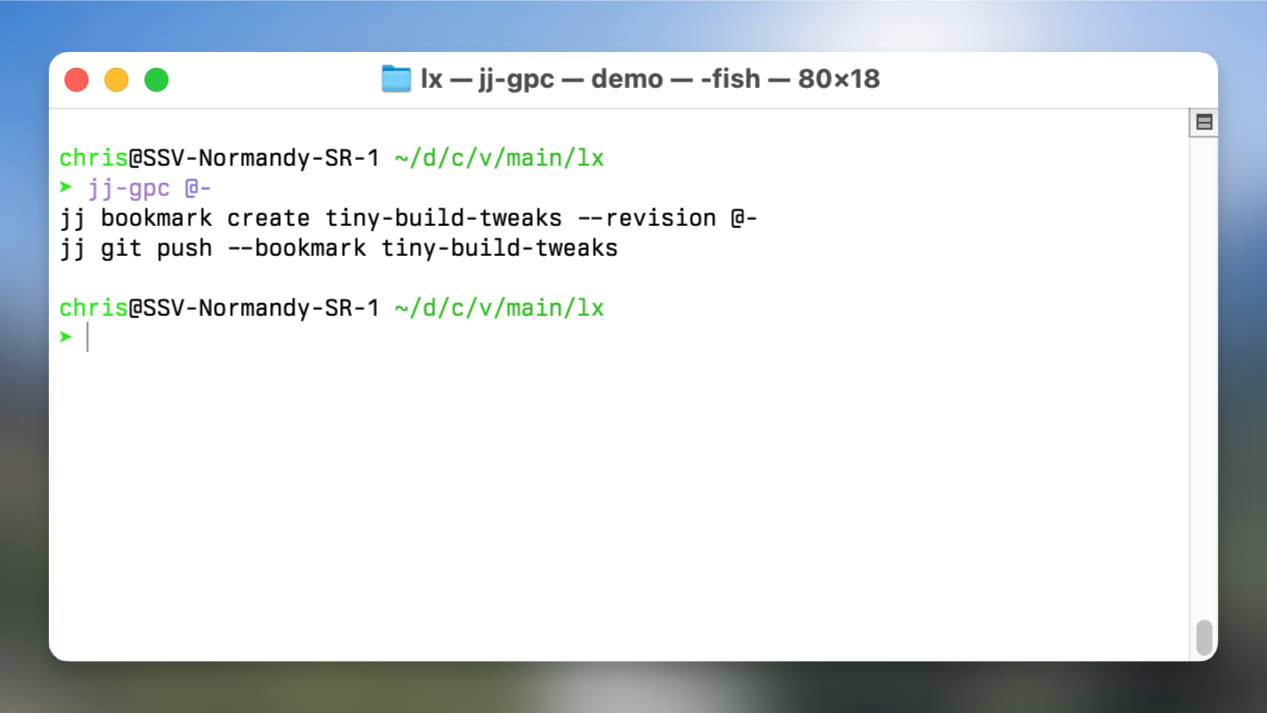
Air Pollution and Cigarette Equivalence
For many people, comparing air pollution to cigarette smoking is more vivid and meaningful than is citing the numbers of yearly deaths. When we published our scientific paper on air pollution in China in August 20151, we were surprised by the attention we got for a quick comparison we made comparing air pollution on a particularly bad day in Beijing to smoking 1.5 cigarettes every hour. We were also surprised to find that a prominent researcher, Arden Pope, had previously calculated that average pollution in Beijing is similar to smoking 0.3 cigarettes per day – and that this comparison is used to reassure people that the pollution really isn’t that bad.
In this memo, we will derive the rough value of conversion, so people can think of air pollution in terms of cigarettes equivalent. The sole goal of this calculation is to help give people an appreciation for the health effects of air pollution. We will also discuss the apparent discrepancy with Arden Pope (now resolved), which stems from our comparing the health impacts of cigarettes, rather than the amount of PM2.5 (the most deadly pollutant) delivered.
Calculation We start with some numbers estimated by the US Center for Disease Control: 480,000 people die in the US every year due to smoking.2 The number of cigarettes sold in the US has been dropping, from 470 billion per year in 1998, to 280 billion per year in 2013. For the purpose of our rough estimate, we will take an average number of 350 billion; it is easy to adjust the numbers using different values.






















